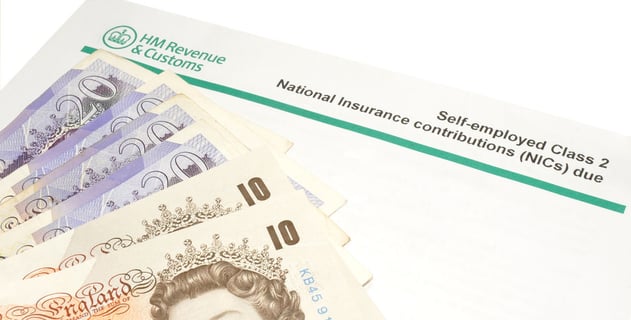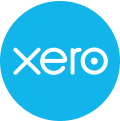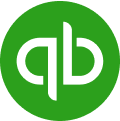BLOG
What are the changes to NIC and the self-employed?
 Change is on the horizon – from April next year, the self-employed will only pay one Class of National Insurance rather than the two currently payable.
Change is on the horizon – from April next year, the self-employed will only pay one Class of National Insurance rather than the two currently payable.
Current position
Depending on the level of their profits, the self-employed may currently be liable for two Classes of National Insurance contribution – Class 2 and Class 4.
Class 2 is payable at a flat weekly rate for each week of self-employment in the tax year. For 2017/18, the contribution rate is £2.85 per week. A contribution liability only arises if profits exceed the small profits threshold, set at £6,025 for 2017/18. The contributions for the year are payable by 31 January after the end of the tax year and are payable under the self-assessment system (although they are not taken into account in working out payments on account. Payment of Class 2 contributions earns entitlement to the state pension and certain contributory benefits.
Class 4 contributions currently earn no pension and benefit entitlement. They are payable at the main rate of 9% on profits between the lower profits limit of £8,164 and upper profits limit (UPL) of £45,000 and at the additional rate of 2% on profits over the UPL of £45,000 (2017/18 rates and limits). They too are collected via self-assessment but are taken into account when working out payments on account.
From April 2018
From 6 April 2018 (2018/19 tax year), the self-employed will only pay Class 4 contributions. Class 2 contributions are abolished from that date and Class 4 is reformed to provide the mechanism by which the self-employed earn pension and benefit rights.
The reformed Class 4 looks a lot like Class 1 when assessed on an annual basis (as for directors) – but (for the time being at least), a lower rate.
- Nothing will be payable on profits below the new small profits limit (SPL) – set at 52 times the weekly lower earnings limit (equivalent to £5,876 on 2017/18 figures)
- Contributions will be payable at a notional zero rate on profits between the SPL and the LPL (£8,164 for 2017/18). However, the notional contributions will count as paid contributions for pension and benefit purposes
- Contributions will be payable at the main rate – currently 9% - on profits between the LPL and the UPL (£45,000 for 2017/18).
- Contributions will be payable, as now, at the additional rate of 2% on profits above the UPL (£45,000 for 2017/18).
In the Spring 2017 Budget, the Government announced plans to increase the main rate to 10% from April 2018 and again to 11% from April 2019 – only to swiftly back track. For now, this looks likely to remain at 9% come April 2018 – but it remains to be seen how long it stays there
Get in touch with Inform if you need further advice on the changes to NIC and the self-employed or any other tax related matter.
Read more of Inform's tax blogs:
How can a loan trust save inheritance tax (IHT)?
Buy-to-let landlords- the new rules on interest relief






.jpg?width=1500&height=1000&name=amy-hirschi-K0c8ko3e6AA-unsplash-(5).jpg)

